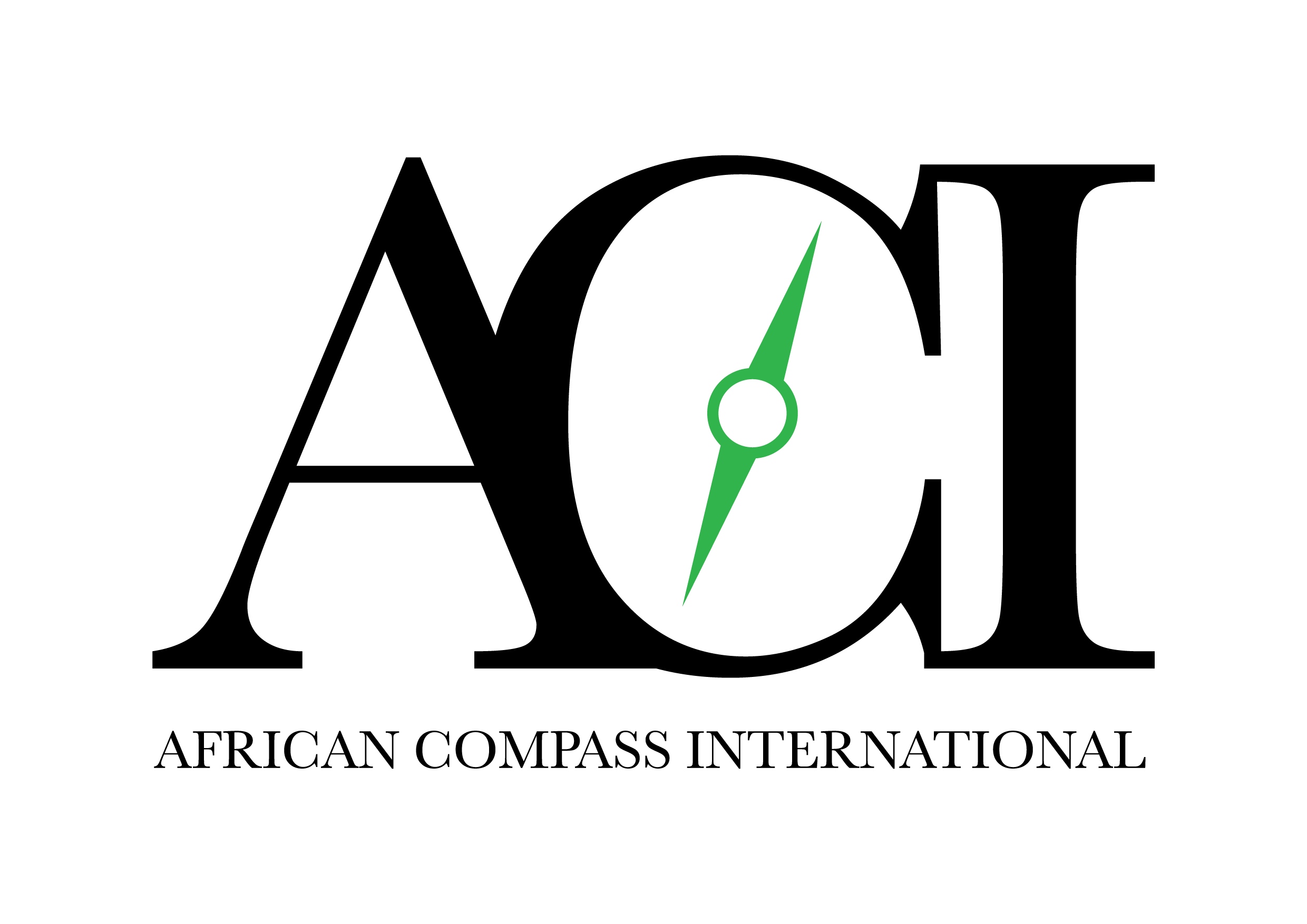An Important Natural Resource
Look around you, sometimes you can see copper around you and other times it’s hidden. Sometimes it’s behind walls in electrical and telephone wiring, sometimes in refrigerators, computers and cars! The average home today using the example of the United States, contains more than 181 kilograms (400 pounds) of copper, while the cars driven have about 22 kilograms (50 pounds). Each child born today will probably use 680 kilograms (1,500 pounds) of copper in the course of their lifetime!
In America, a nation of immigrants, copper is a symbol of freedom and opportunity. One of the first sites that the seventeen million people who passed through Ellis Island saw when arriving in America was the Statue of Liberty – with all of its 81,193 kilograms (179,000 pounds) of copper!
Important Uses
Health
Copper is essential for life, which means that the human body must have copper to stay healthy. It helps iron-rich foods make red hemoglobin in the blood. It is essential for the normal healthy growth and reproduction of all higher plants and animals. The U.S. Department of Agriculture’s Nutrition Center estimates that less than half of the U.S. population consumes the minimum daily requirement for copper. A deficiency in copper is one factor leading to an increased risk of developing high cholesterol levels and coronary heart disease. Copper deficiencies are also associated with premature births, chronic diarrhea and stomach diseases. Copper is involved in the functioning of the nervous sytem, in maintaining the balance of other useful metals in the body such as Zinc and Molybdenum, and possibly other body functions. Fortunately, copper is present in a wide variety of vegetables, fruits, grains, dried beans, nuts, meats, seafood and chocolate, as well as drinking water.
Did you know that copper is biostatic. That means bacteria will not grow on its surface. Copper and copper alloy doorknobs protect against the transfer of disease in hospitals.
Agriculture
Copper is used in gardening sprays and powders to get rid of destructive mildew.
Copper is an essential micronutrient used in animal feeds and fertilizers.
Household
Copper cookware is the most highly regarded by chefs around the world. Its noted advantages – high heat transfer (the highest of any material used in cooking) plus uniform heating (no hot spots).
Copper is also used in making cutlery, clocks, lamps, lighting fixtures, and many other things.
Electrical
Copper is the standard benchmark for electrical conductivity. It conducts electrical current better than any other metal except silver. Copper is routinely refined to 99.98% purity before it is acceptable for many electrical applications. In its purest form, copper is used in wires or cables for power transmission, building wiring, motor and transformer wiring, wiring in electronics, telecommunication cables, electronic circuitry, plumbing, heating and air conditioning tubing, roofing, and many other important purposes. Copper and its alloys are the most common and most effective material used in lightning protection.
Interesting Facts
Did you know that Copper was given its name from the Greek word “kyprios”, that is, the Island of Cyprus, where copper deposits were mined many many years ago. The chemical symbol for copper is Cu, which is derived from the Latin name for copper, “cuprium”.
The world is in no danger of running out of copper. Known worldwide resources of this important and valuable metal are estimated at nearly 5.8 trillion pounds of which only about 0.7 trillion (12%) have been mined throughout history. Keep in mind, nearly all of that 0.7 trillion (or 700 billion) pounds is still in circulation because copper’s recycling rate is higher than that of any other engineering metal. It is estimated that 90% of the copper that has ever been mined in the world is still in use! Until well into the 1800s, most copper used in America had to be imported. Today, the U.S. does not depend on foreign copper, it is completely self-sufficient and second only to Chile in production worldwide. Of the copper ore mined in the United States, the majority of it is produced in three western states; Arizona, Utah and New Mexico.
Doctor Copper is the market lingo for the base metal that is reputed to have a Ph.D. in economics because of its ability to predict turning points in the global economy.



